Mrs. Dalloway by Virginia Woolf

It’s likely you’ve heard of Virginia Woolf. She’s an English writer and one of the most prominent female authors in literary history. Her novel Mrs. Dalloway is unique because it was one of the first stories written using stream of consciousness.
The entire novel is based around a single day. There are several characters that are introduced, and it’s these characters that are featured throughout the novel. Their thoughts, experiences, and memories are chaotic. When reading Woolf’s work, you’ll be able to “listen in” as characters unfold.
Frankenstein by Mary Shelley
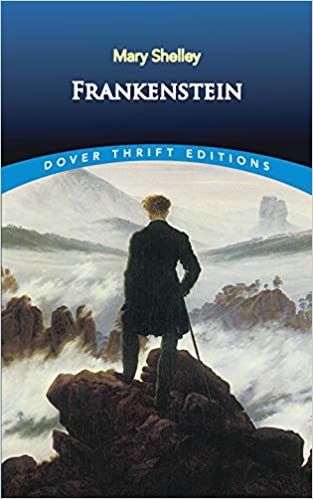
Published in full in 1818, Mary Shelley’s Frankenstein is a literary classic. The gothic tale explores the dark and brooding aspects of humanity.
The story’s two main characters—Victor Frankenstein and the creature he creates—interact in such a way that intrigues readers. It’s a story about tragedies and the implications of those tragedies.
The Scarlet Letter by Nathaniel Hawthorne

While you were likely assigned this book in high school, you probably just read the CliffNotes version, which is a shame. The Scarlet Letter addresses complex issues that we better understand as we mature, such as sin, guilt, and legalism.
As Hester Prynne, the main character, deals with the repercussions of her infidelity and tries to raise an illegitimate child while being ostracized, she comes to terms with the mistakes she’s made. The novel explores the unjust reasoning of Puritan legalism and how guilt and shame can destroy someone.
To Kill a Mockingbird by Harper Lee
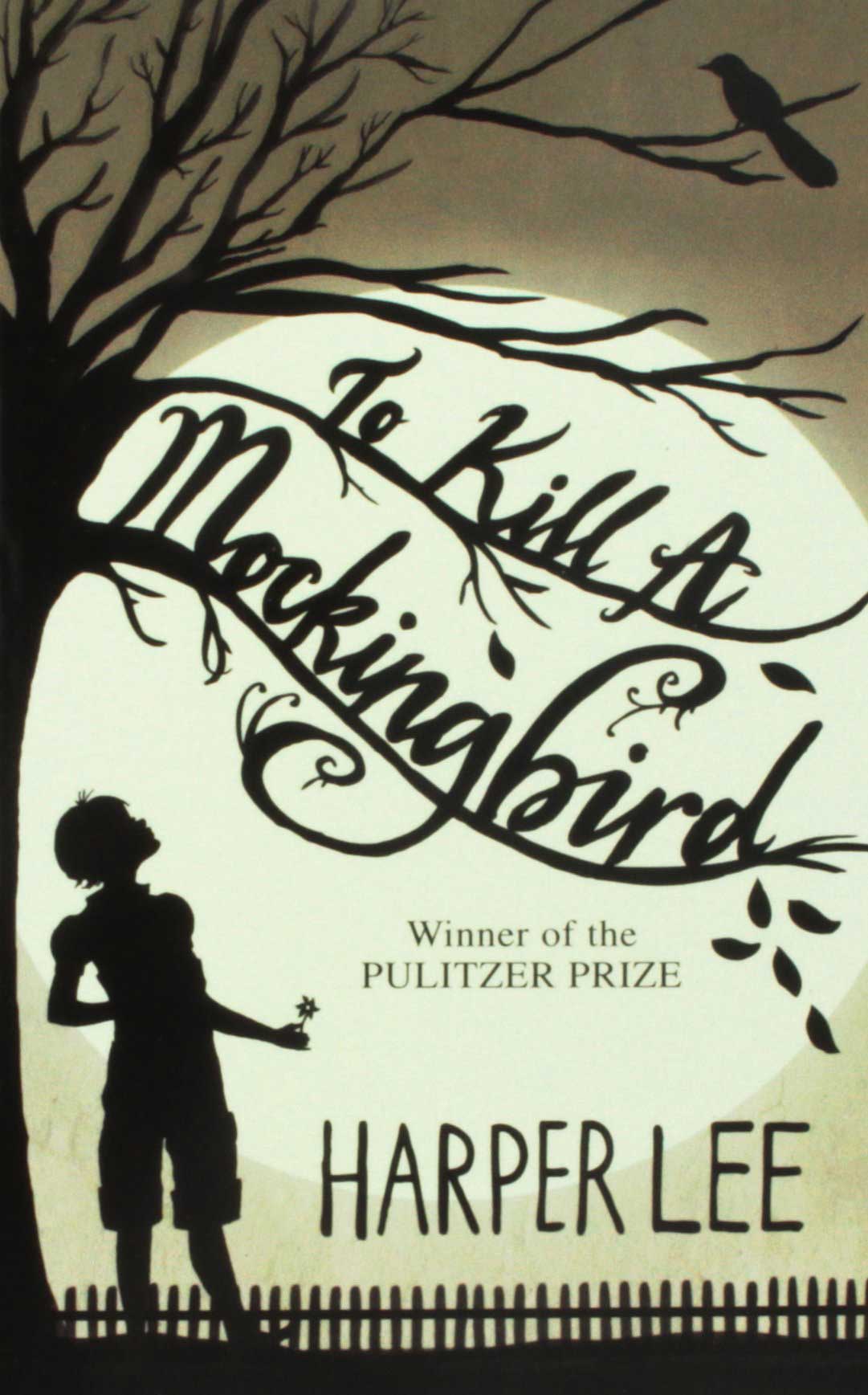
Everyone should read Harper Lee’s To Kill a Mockingbird at some point in their life. It’s a beautifully written novel that explores ideas of race and class.
The story, which is set in the deep South in the 1930s, reveals how prejudice the world can really be. This book will force you to consider life from the point of view of others—which is truly eye-opening.
1984 by George Orwell

"Big Brother" is more than just a reality show. It’s a force to be feared, and Orwell’s brilliant novel will show you why.
You might not think much about government power and technological advances right now, but 1984 will open your eyes, and that's why it's a must-read.
The Great Gatsby by F. Scott Fitzgerald

The Great Gatsby is one of the great American novels. F. Scott Fitzgerald’s 1925 classic is narrated by Nick Carraway, a Midwesterner. He goes East for the summer and becomes infatuated with a mysterious millionaire man—Jay Gatsby.
Gatsby is a self-made success story that both represents the American dream and explores the destruction of the American dream.
The Strange Case of Dr. Jekyll and Mr. Hyde by Robert Louis Stevenson

Science fiction always makes for good reading, but early sci-fi writings are by far the best. In this book, readers are not only faced with an exhilarating mystery, but also the chilling realization that all people have a dark side and a secret life.
As Dr. Jekyll reveals that he is the gruesome, aggressive Mr. Hyde, we’re forced to acknowledge the dark corners of ourselves and decided whether we’ll give into them.
The Bell Jar by Sylvia Plath

There’s something to be said about novels like The Bell Jar. Sylvia Plath’s female-driven narrative has lasting power. Many find this novel to be sad, but it’s so much more than that. It’s also incisive and witty.
Esther Greenwood, the protagonist, suffers from severe depression. Her coming-of-age story is filled with expectations and preconceived notions of what should be and what shouldn’t be. It’s impossible not to relate to the unsureness that Esther feels.
Pride and Prejudice by Jane Austen
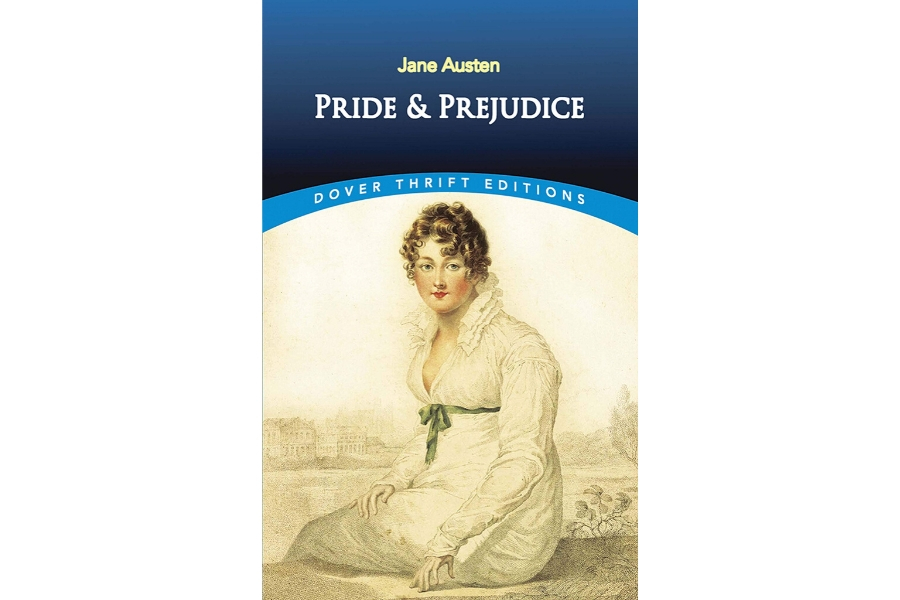
Of course Jane Austen had to make the list. All her novels are worth reading (ignore the fact that all her works end with a female character finding a husband, because they teach us much more than that), but Pride and Prejudice is perhaps the most noteworthy.
In this classic book, Lizzie must learn to let go of her own misconceptions toward people she doesn’t truly know if she’s going to find happiness.
Little Women by Louisa May Alcott
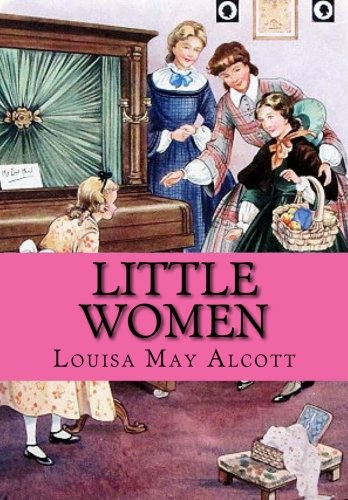
Louisa May Alcott’s Little Women is a classic novel that’s filled with many nuances. As you read, you’ll be able to vividly imagine each of the female characters and the lives that they live.
It’s a literary masterpiece that everyone should read at least once. There’s a reason why its success has spanned into movies, TV adaptations, Broadway musicals, and more.
The Awakening by Kate Chopin

This is another novel that you were probably assigned in school. If you only pretended to read it, you should give it another chance. It’s an excellent piece of feminist literature that shows just how debilitating social constructs were for women in the Victorian age.
We see this unfold as the main character, Edna, realizes that she has personal desires, enjoys being independent, and can’t express herself the way she wants. It will make you appreciate how far our society has come, but also make you wonder if you’re allowing social constructs to hold you back in your own life.
The Odyssey by Homer
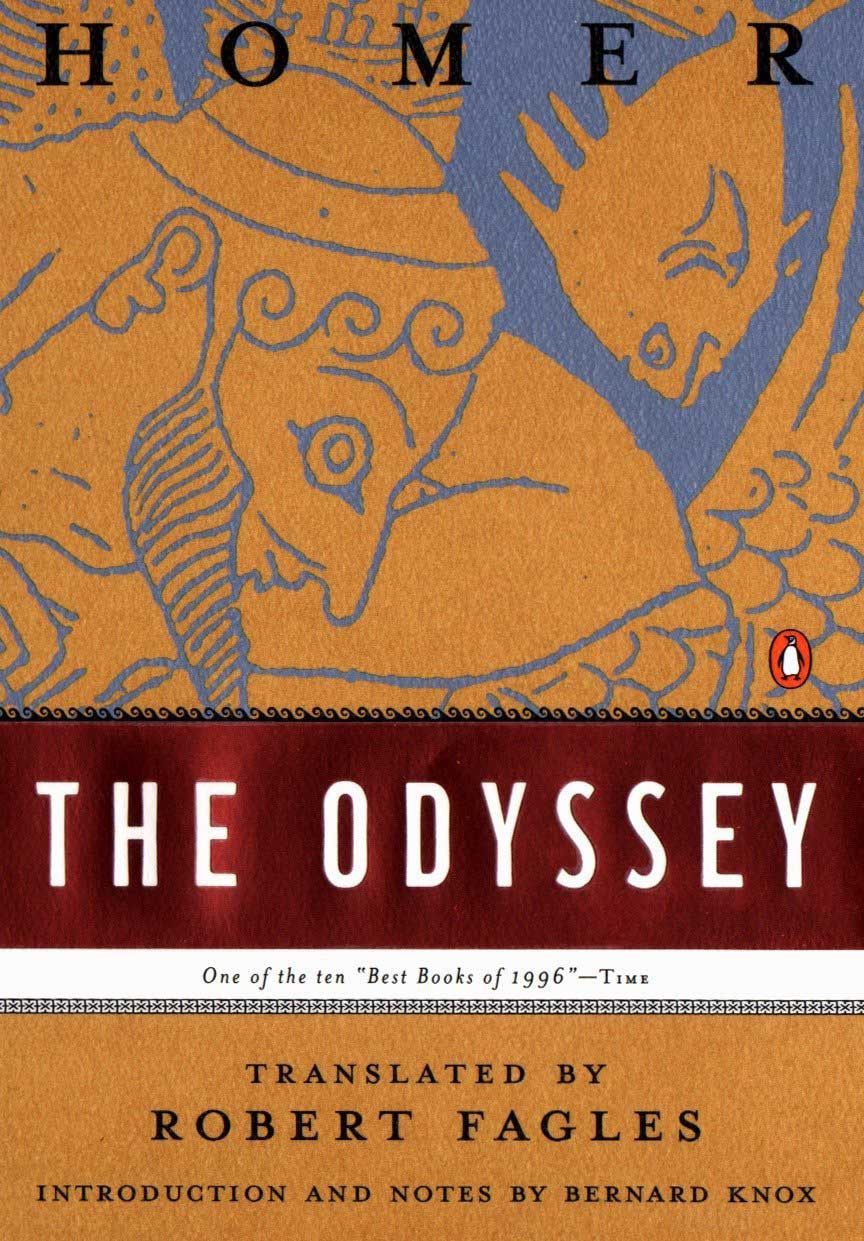
Reading Homer’s The Odyssey is a challenging task, but a task that’s worthwhile. This is because it was written sometime in the 8th century BCE. The epic poem was found engraved into a clay slab and has since been translated into modern English.
Many readers use a reader’s guide or do extensive research before beginning their literary journey. I recommend doing the same so you can get the most out of this incredible story.
Wuthering Heights by Emily Bronte
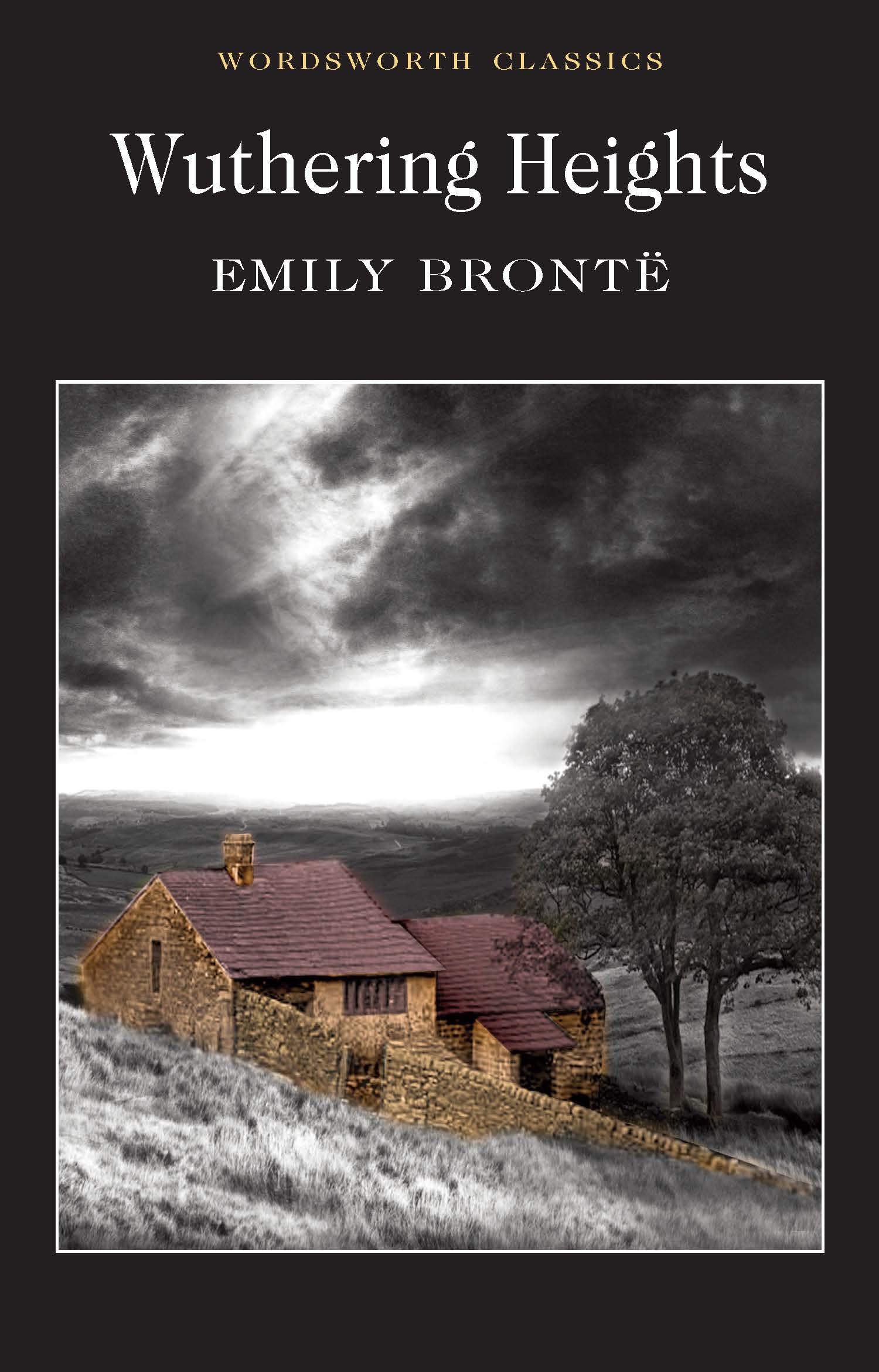
There’s such a realness that resonates within the pages of Emily Bronte’s Wuthering Heights. The raw, human emotions and relevant themes keep readers involved.
The story is based around the brutish Heathcliff and the beloved and fierce Catherine. Reading this novel feels fantastical. Do yourself a favor and allow yourself to succumb to the world and the characters Emily Bronte created.
In Cold Blood by Truman Capote
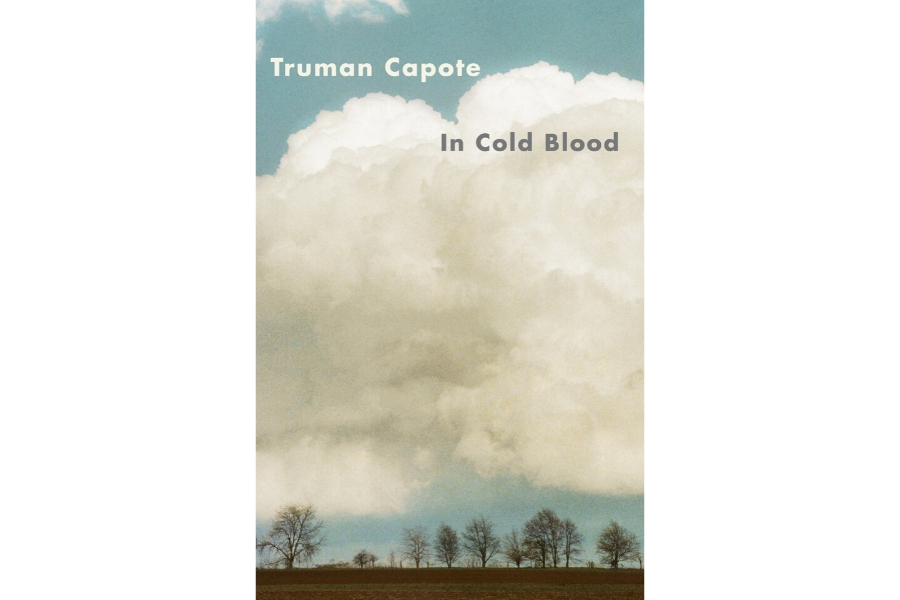
Truman Capote’s In Cold Blood is about the quadruple murder of the Clutter family in Holcomb, Kansas, and it is one of the best selling true-crime novels ever published.
It’s a novel that will keep you on the edge of your seat as Capote works through the events of that fateful night and the reason behind the deaths of the highly regarded family.
Invisible Man by Ralph Ellison
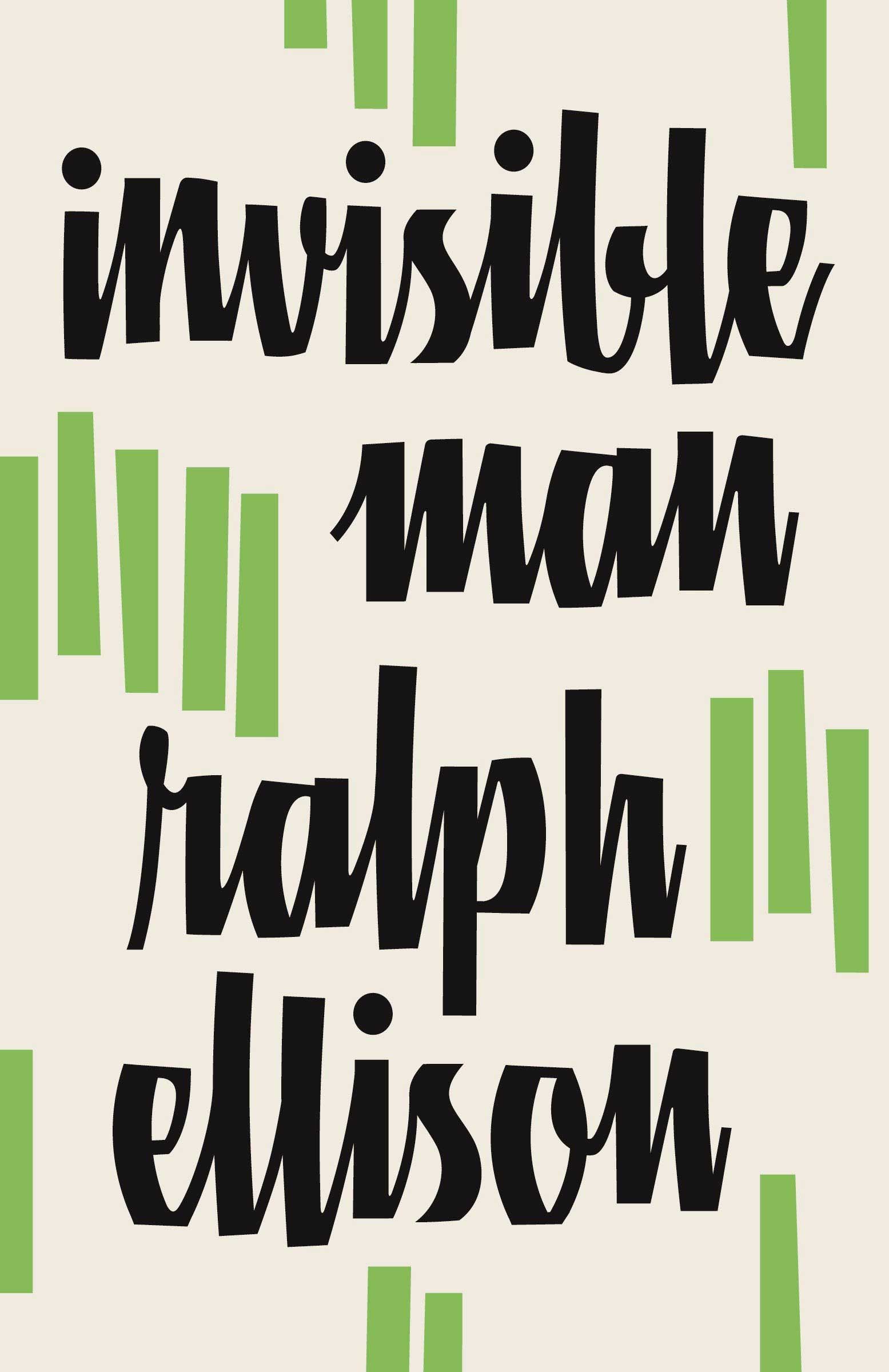
Published in 1952, Ralph Waldo Ellison’s novel Invisible Man is a brilliant work of fiction. It’s more than 500 pages long, yet completely engaging. The story’s nameless narrator lives in a reality that is surreal.
As the plot develops, his naivety dissipates. Readers get a clear look at the racial oppression he experiences and why he’s called the “Invisible Man.” It’s filled with complex ideas that will leave you wanting more.
Jane Eyre by Charlotte Bronte
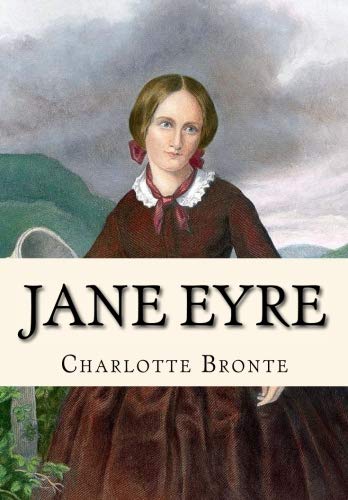
Charlotte Bronte’s Jane Eyre is an iconic novel. Very few people have not heard of it. That’s because it still matters. Even though it was written in 1847, it continues to stimulate subtle, yet important intellectual discussions.
The novel’s heroine is mistreated, brilliant, independent, and mysterious. She deals with moral dilemmas that force readers to think about their own lives. What values do we adhere to? And are these values just?
Angela’s Ashes by Frank McCourt
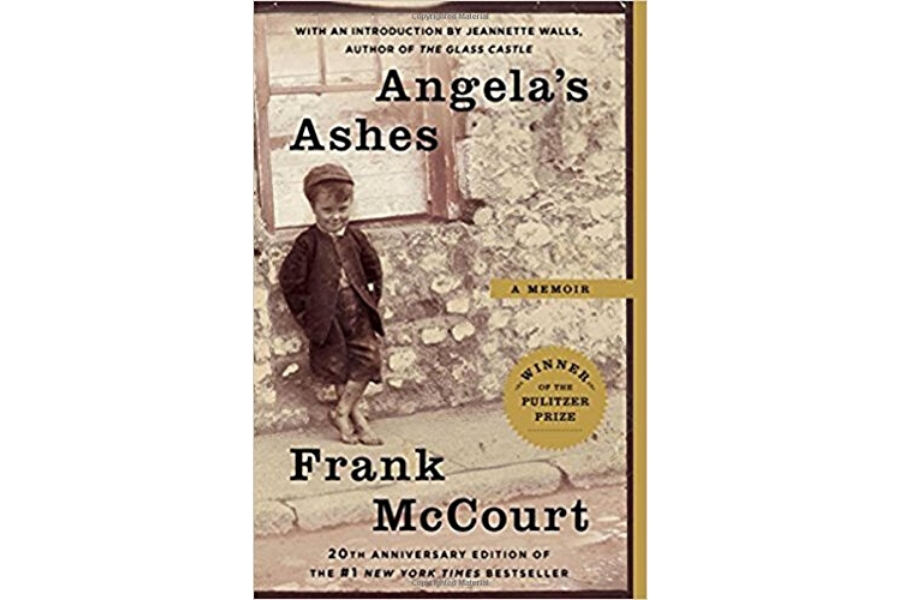
Frank McCourt’s childhood memoir is filled with heartbreak, self-doubt, and hardship. As McCourt grows up, he is overlooked at school and church because he’s from a lower class family, despite the fact that he is a smart child and desperate to learn.
As he grows older, he is able to overcome these societal obstacles to become educated and successful, making his memoir both heartwrenching and inspiring.
Brave New World by Aldous Huxley
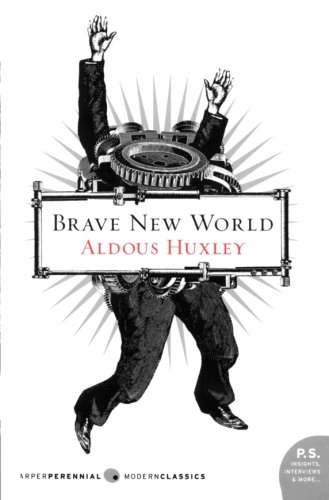
If you enjoy dystopian and/or science fiction novels, Brave New World by Aldous Huxley is a must read. It was written in 1932— more than 80 years ago—yet it still continues to be a favorite.
It’s about a totalitarian society that values conformity, which is a dangerous desire. The lack of individuality and self-expression causes readers to question their own ideas of progress, freedom, and happiness.
Great Expectations by Charles Dickens

There’s a lasting appeal to Charles Dickens’ Great Expectations. It’s a novel that can be interpreted a hundred different ways, depending on when you read it. The pages are filled with feelings of love, joy, disappointment, grief, hope, and many other human emotions.
By the end, you’ll realize that a person’s morals and ideals are far more important than their appearance. This book will meet all of your expectations.
The Handmaid's Tale by Margaret Atwood

Although Margaret Atwood didn’t release her dystopian novel The Handmaid’s Tale until 1985, it’s a compelling classic. And it’s recently been adapted into a popular Hulu series.
Regardless of if you’ve already binge-watched the series or are planning to, you should absolutely read the book. It’s engaging, chilling, and an act of hope.
The Lion, The Witch, and the Wardrobe by C.S. Lewis

"The Chronicles of Narnia" is proof that children’s books aren’t just for kids. In the first of his superb seven-book series, C.S. Lewis takes the reader on a wild journey through the beautiful, magical world of Narnia, where children play an important role in helping good overcome evil.
In addition to Lewis’ impressive imagination and crystalline writing, The Lion, The Witch, and the Wardrobe also offers lessons on faith, family, friendship, and forgiveness.
My Antonia by Willa Cather
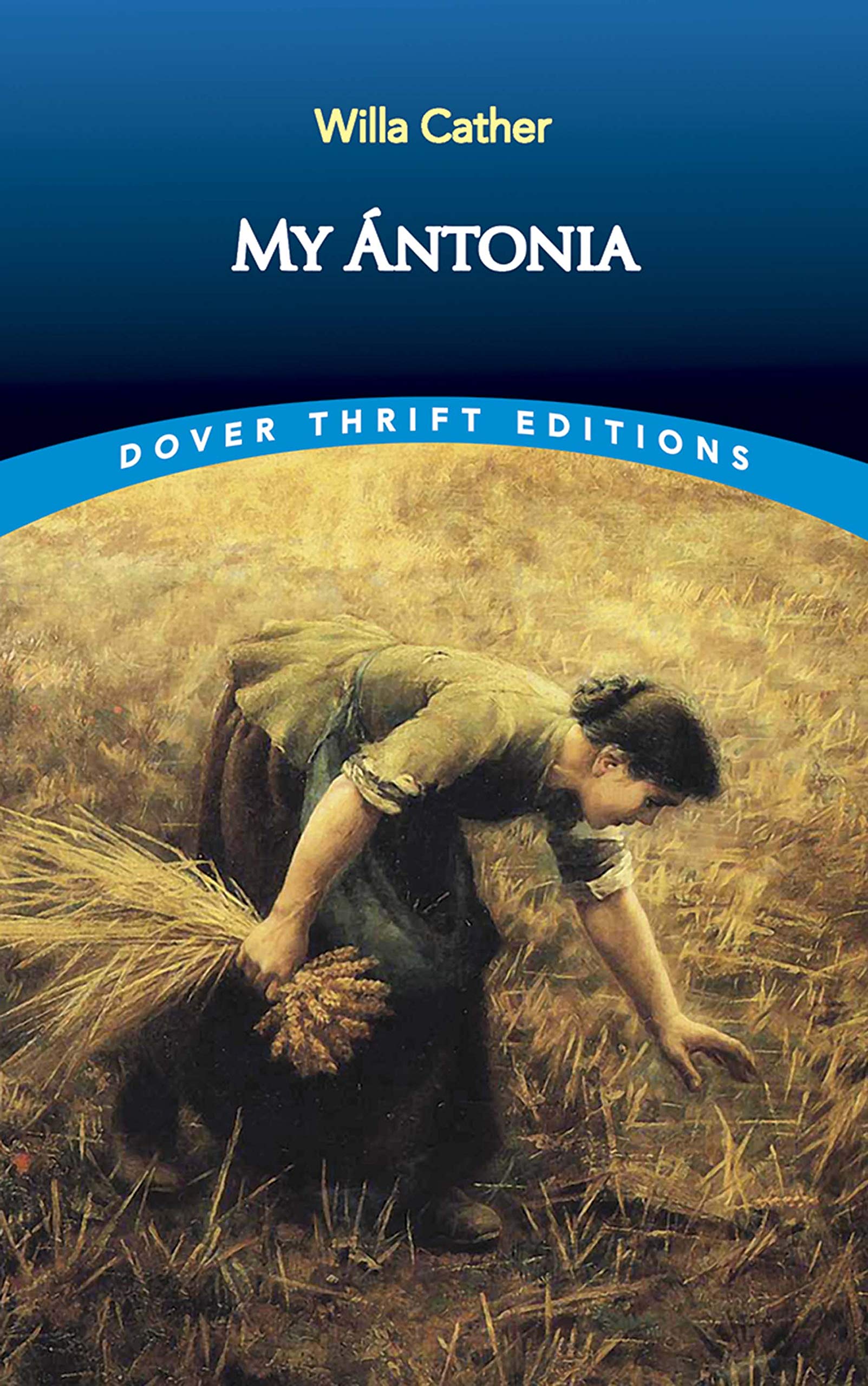
If you’ve never read Willa Cather’s My Antonia, you’re in for quite the journey. Cather was one of the greatest American writers of her time and this is her most iconic novel.
She tells the story of a beautiful and courageous immigrant girl who is forced to move to Nebraska—where she meets young Jim Burden. Their tale is one of adventure, adolescence, and so much more. You’ll fall in love with the complexity of this story.
The Color Purple by Alice Walker
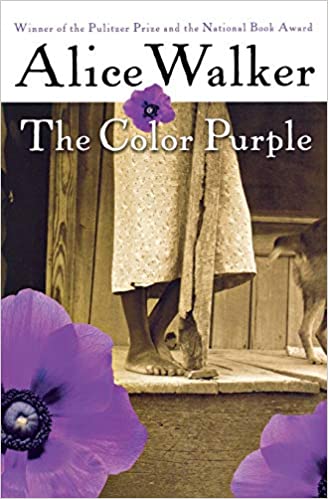
In 1982, Alice Walker published a novel that went on to become a contemporary classic and a cultural phenomena. That novel is The Color Purple. It became the first work by an African American woman to win the Pulitzer and National Book awards.
Because of its content, this novel is often deemed controversial, but it needs to be read. It’s about a black woman who endures abuse due to her gender, her race, and who she's attracted to. It’s an eye-opening piece that everyone should read.
Anna Karenina by Leo Tolstoy

There’s a reason why Anna Karenina is often acclaimed as one of the best novels ever written. Leo Tolstoy wrote a piece of fiction that tackled the significant and meaningful issues that affected humanity in the mid-1800s. And you won’t be surprised to know that the issues discussed in this book are issues we still deal with today.
Tolstoy was well aware of the controversy surrounding ideas of nationalism, spirituality, and modernization. This was a must read then and is a must read now.
The Glass Menagerie by Tennessee Williams
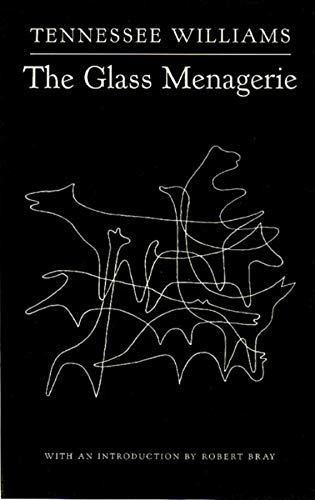
This is technically not a “book,” but it’s too good not to mention. Tennessee Williams produced his classic one-act play, The Glass Menagerie, in 1944. It’s now 2024, and this play is still performed at high schools, community theatres, regional theatres, and more. This is because this play revolves around a dysfunctional, yet authentic family unit.
Williams based all of the characters off of his own family members, making them that more realistic. If you want to see the highs and lows that this family faces, pick up a copy of this great American play.
The Picture of Dorian Gray by Oscar Wilde
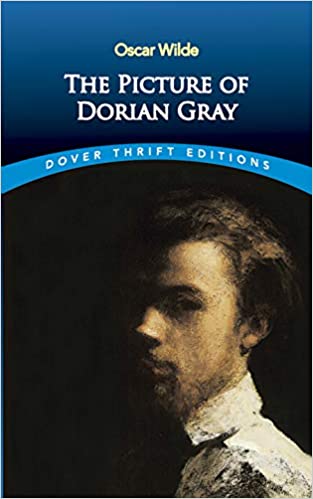
Oscar Wilde’s The Picture of Dorian Gray is an enduringly popular novel that is both Gothic and philosophical. Although it was Wilde’s first and only published work, it’s created quite the impression.
This novel tells the story of Dorian Gray, a young and corrupt man, and the portrait that reveals his deepest and darkest secrets. Add this novel to your to-be-read list. It’s sharp, witty, and controversial.
The Bluest Eye by Toni Morrison
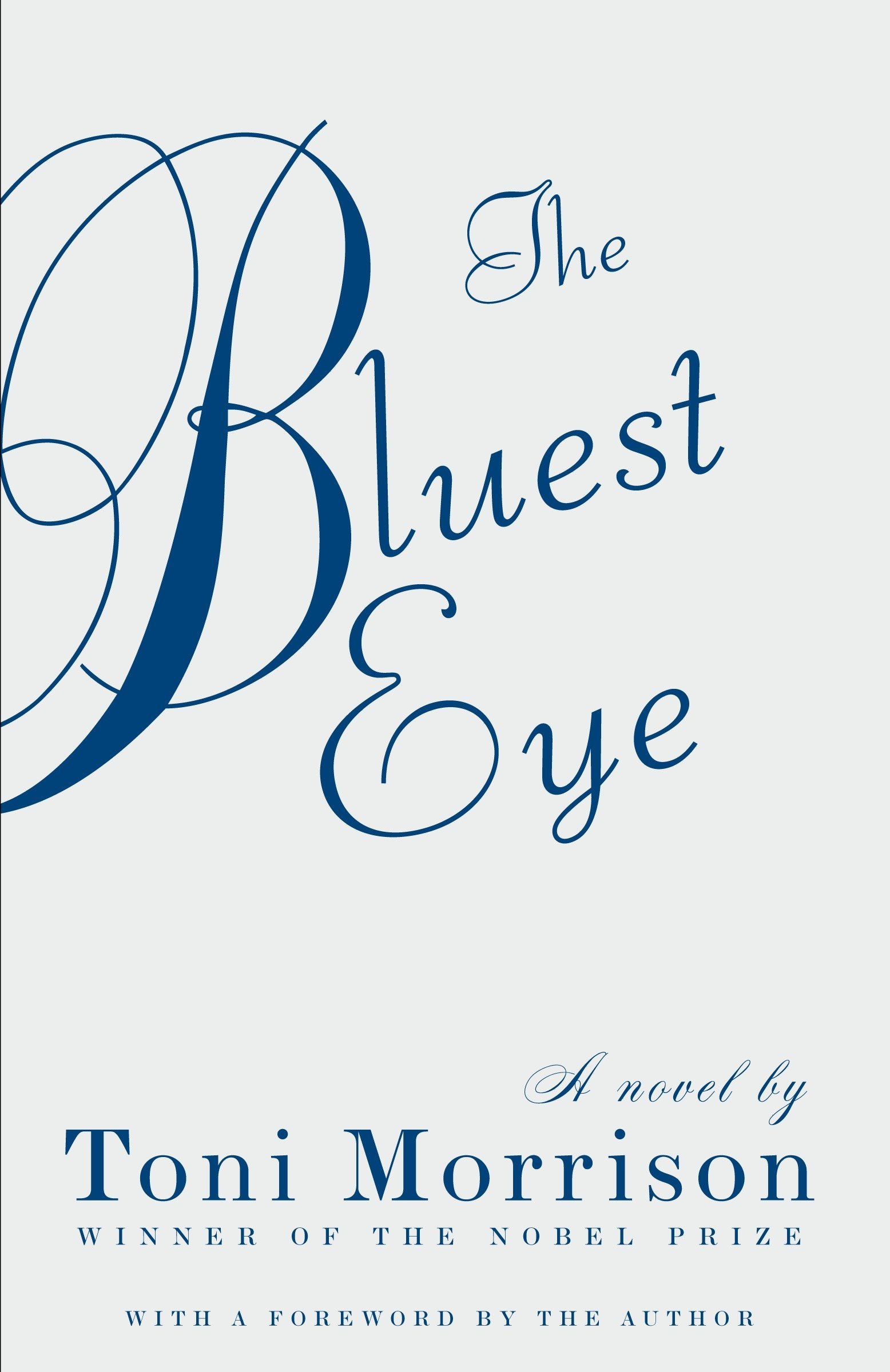
Because of the brilliance, richness, and beauty of the writing, it’s incomprehensible that The Bluest Eye was Toni Morrison’s first novel. The story is based around an 11-year-old, African American girl—Pecola Breedlove.
She prays that she will one day wake up with blue eyes because she wants to feel as beautiful and loved as the blue-eyed children in America. This is a powerful and deeply moving novel that speaks to racism in the South in the 1940s.
Parable of the Sower by Octavia E. Butler
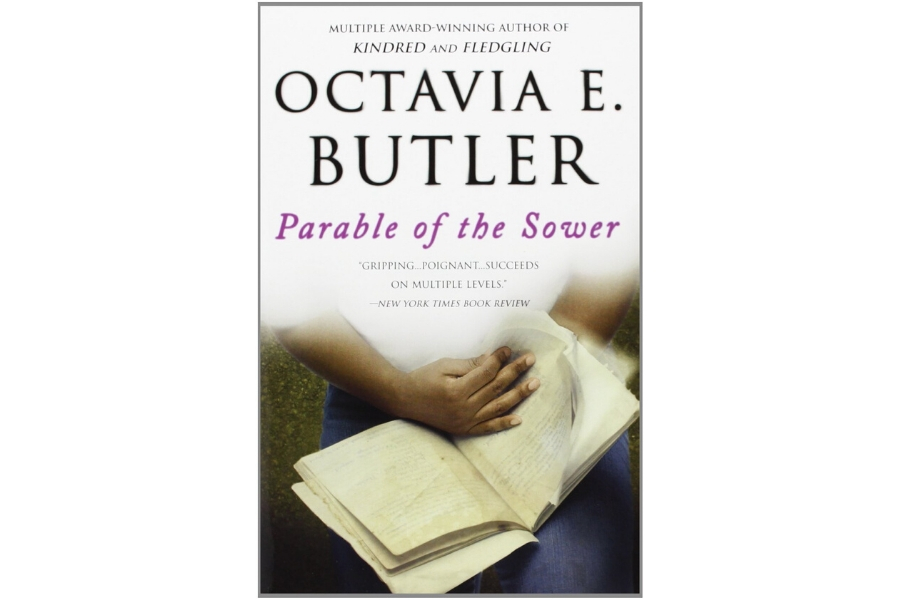
Easily one of the darkest, most sensational post-apocalyptic science fiction novels, Parable of the Sower follows the story of Lauren Olamina, a character who has hyperempathy and unique religious beliefs. Set in a world of complete anarchy after government collapse, Lauren’s home is destroyed, her family is unalived, and she’s forced into the dangerous outside world with other survivors who are determined to create a community where Lauren’s religion, Earthseed, can grow.
Butler’s novel addresses a number of important issues, namely freedom and community. As you follow along with Lauren’s journey of self-discovery and self-reliance, you will also find yourself wondering what forms of external oppression you allow to dictate your own life.
A Portrait of the Artist as a Young Man by James Joyce

It’s not an understatement to say that James Joyce’s novel A Portrait of the Artist as a Young Man was a labor of love. He began writing it in 1904 and didn’t publish it until 1916.
Although this novel can be difficult to read because of Joyce’s peculiar and unique form of expression, it’s worth it. The coming-of-age story of Stephen Dedalus is completely intriguing. His search for identity will leave you with questions and answers.
 Author
Ron Winkler
Last Updated: November 23, 2024
Author
Ron Winkler
Last Updated: November 23, 2024
